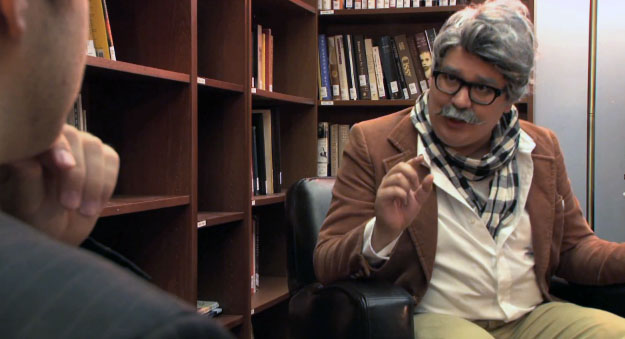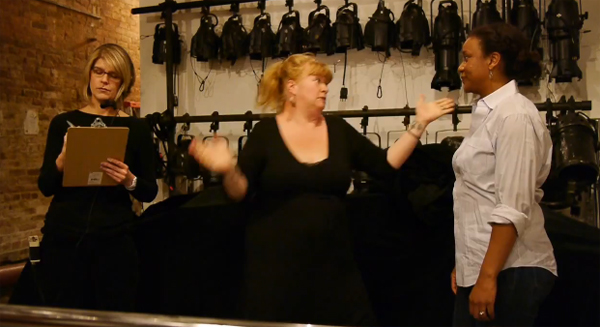The story is always changing...
Play readings serve many different purposes, but a table read is a very special event. It’s an organized read-through of a script, usually without an audience. Just individuals seated in a circle, perhaps around a table, speaking the lines aloud.
On the first day of rehearsal, table reads can be exciting and nerve-wracking, because they are often the first time the whole company gathers together to get to know the play and each other (the “meet-and-greet”). The purpose is to give the creative team a chance to hear how a piece sounds in its most basic form: without blocking or design elements. That’s completely different from a “staged reading,” which involves movement around a playing space, even though the actors perform with script in hand.
At other readings, the actors sit up at the front of a stage with their scripts on music stands. These readings usually have an audience of some kind. A table read, by contrast, is a less formal, safe environment for the artists to work without having to worry about an audience’s reaction. That comes later. In rare instances, a few lucky outsiders might be present---if, for example, a theatre invites a few patrons in to observe the creative process. Table reads don’t have to be part of a rehearsal process.
Playwrights and directors sometimes arrange table reads in an empty studio, or their own living room. They’ll ask a group of actors, or even just friends, to help them work on a piece by reading it through aloud. It might be an early draft of a play, for example. Some writers find a table read useful because it lets them other voices speaking the words which until then have only existed in their heads. A bunch of actors might set up a table read of a classic or contemporary play as an exercise to help them learn about their craft. Or just for fun. Table reads are also common for film and television projects. They usually take place before the cameras start to roll.
--Ben Pesner
This video was made by The New Group.
Featuring: Darren Goldstein, Alfredo Narciso, and The New Group staff
Shot and cut by Brandon Suisse

